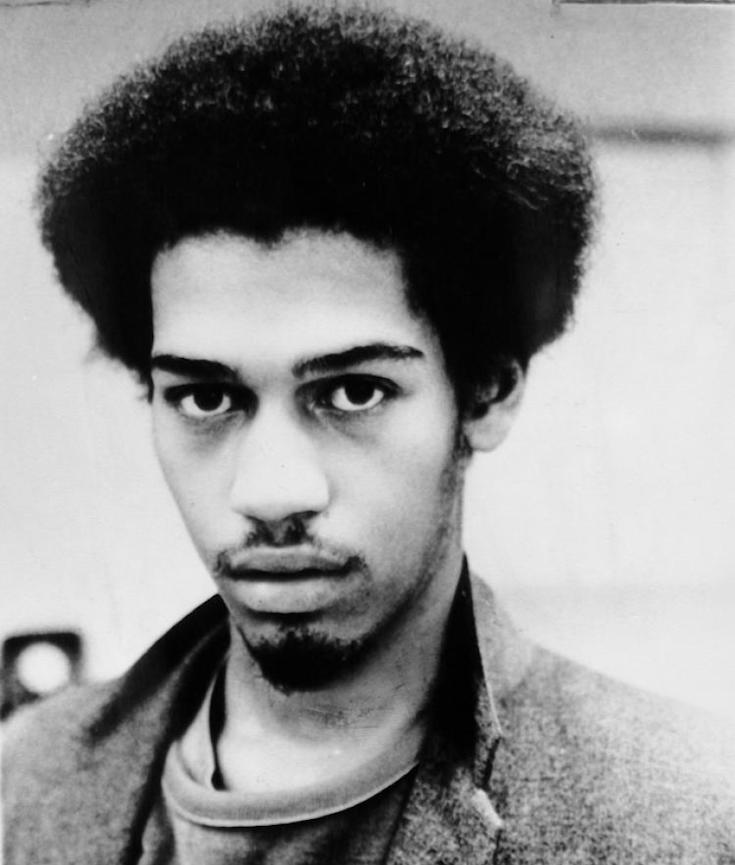These were the words uttered by painter Jean-Michel Basquiat, who was deeply shaken after he heard the story of a black graffiti artist who was beaten to death by New York City police. Seeing his own life reflected in the death of a fellow artist, Basquiat went on to create Defacement (The Death of Michael Stewart), not only to commemorate the young man’s death, but also to challenge the state-sanctioned brutality that men of color could face for pursuing their art in public spaces.

The events that shook Basquiat and inspired Defacement happened 30 years ago. In the early hours of Sept. 15, 1983, aspiring artist and model Michael Stewart left the Pyramid Club in Manhattan’s Lower East Side and headed for the First Avenue and 14th Street subway station to catch a train back home to Brooklyn. As he waited for the train, the slender 25-year-old allegedly pulled out a marker and began scrawling graffiti on the wall, probably not noticing that transit police were watching him intently. The events that followed are not entirely clear, but at 3:20 a.m., he arrived at Bellevue Hospital in police custody, hog tied and badly bruised, with no pulse. Hospital staff managed to get him breathing again, but they couldn’t bring him out of a coma. Thirteen days later, he died in his hospital bed, all because he tagged a subway wall.
[mc4wp_form id=”6042″]



Jean-Michel Basquiat (December 22, 1960 – August 12, 1988) was an American artist. Born in Brooklyn to a Haitian father and Puerto Rican mother, Basquiat first achieved fame as part of SAMO©, an informal graffiti duo who wrote enigmatic epigrams in the cultural hotbed of the Lower East Side of Manhattan during the late 1970s where the hip hop, post-punk, and street art movements had coalesced. By the 1980s, he was exhibiting his neo-expressionist paintings in galleries and museums internationally. The Whitney Museum of American Art held a retrospective of his art in 1992.
Basquiat’s art focused on “suggestive dichotomies”, such as wealth versus poverty, integration versus segregation, and inner versus outer experience. He appropriated poetry, drawing, and painting, and married text and image, abstraction, figuration, and historical information mixed with contemporary critique.
Basquiat used social commentary in his paintings as a “springboard to deeper truths about the individual”, as well as attacks on power structures and systems of racism, while his poetics were acutely political and direct in their criticism of colonialism and support for class struggle. He died of a heroin overdose at his art studio at age 27. (Wikipedia).


You must be logged in to post a comment.